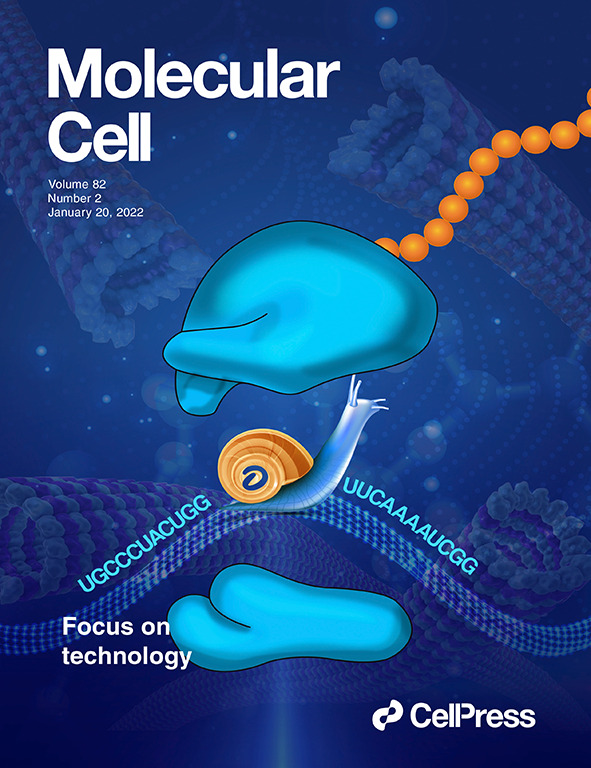Human γδ T cells in the tumor microenvironment: Key insights for advancing cancer immunotherapy
IF 6.5
3区 生物学
Q2 BIOCHEMISTRY & MOLECULAR BIOLOGY
引用次数: 0
Abstract
The role of γδ T cells in antitumor responses has gained significant attention due to their major histocompatibility complex (MHC)-independent killing mechanisms, which are functionally distinct from conventional αβ T cells. Notably, γδ tumor-infiltrating lymphocytes (TILs) have been identified as favorable prognostic markers in various cancers. However, the γδ TIL subsets, including Vδ1, Vδ2, and Vδ3, exhibit distinct prognostic implications and phenotypes within the tumor microenvironment (TME). Although the underlying mechanisms remain unclear, recent studies suggest that these subset-specific differences may arise from divergent activation pathways. Vδ1 TILs appear to be mainly activated by γδ T-cell receptor (TCR) signaling, whereas Vδ2 TILs seem to rely on alternative pathways, such as natural killer (NK) receptor-mediated activation. In addition to phenotypic studies, cancer immunotherapies, such as engineered γδ T cells, γδ T-cell engagers, and γδ TCR–based therapies, are under active development. However, despite these advancements, functional heterogeneity and limited persistence within TME remain significant challenges. Overcoming these obstacles could position γδ T-cell therapies as a transformative platform for cancer treatment. Here, we review recent findings on the prognostic significance of human γδ T cells, their phenotypic characteristics, and advances in γδ T-cell therapies, offering valuable insights for the development of novel cancer immunotherapies.
肿瘤微环境中的人γδ T细胞:推进癌症免疫治疗的关键见解。
γδ T细胞在抗肿瘤反应中的作用受到了广泛关注,这是由于其独特的主要组织相容性复合体(MHC)非依赖性杀伤机制,这将其与传统的αβ T细胞区分开来。值得注意的是,γδ肿瘤浸润淋巴细胞(TILs)已被确定为各种癌症的有利预后标志物。然而,γδ TIL亚群,包括Vδ1, Vδ2和Vδ3,在肿瘤微环境(TME)中表现出不同的预后意义和表型。尽管潜在的机制尚不清楚,但最近的研究表明,这些亚群特异性差异可能来自不同的激活途径。Vδ1 TILs似乎主要由γδ t细胞受体(TCR)信号激活,而Vδ2 TILs似乎依赖于其他途径,如自然杀伤(NK)受体介导的激活。除了表型研究外,基于γδ T细胞的免疫疗法正在积极开发,使用创新方法,包括工程化γδ T细胞,γδ T细胞接合分子和基于γδ tcr的T细胞疗法。尽管取得了这些进展,但诸如功能异质性和有限的体内持久性等挑战仍未得到解决。克服这些障碍可以将γδ T细胞疗法定位为癌症免疫治疗的变革平台。本文综述了γδ T细胞作为预后标志物的最新发现,其在人类TME中的表型特征,以及基于γδ T细胞的癌症免疫治疗的最新进展,为开发新的治疗策略提供了有价值的见解。
本文章由计算机程序翻译,如有差异,请以英文原文为准。
求助全文
约1分钟内获得全文
求助全文
来源期刊

Molecules and Cells
生物-生化与分子生物学
CiteScore
6.60
自引率
10.50%
发文量
83
审稿时长
2.3 months
期刊介绍:
Molecules and Cells is an international on-line open-access journal devoted to the advancement and dissemination of fundamental knowledge in molecular and cellular biology. It was launched in 1990 and ISO abbreviation is "Mol. Cells". Reports on a broad range of topics of general interest to molecular and cell biologists are published. It is published on the last day of each month by the Korean Society for Molecular and Cellular Biology.
 求助内容:
求助内容: 应助结果提醒方式:
应助结果提醒方式:


